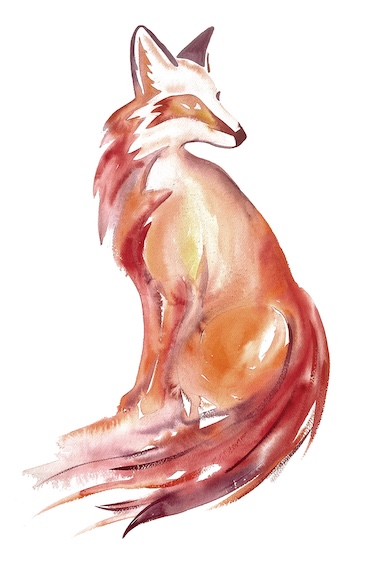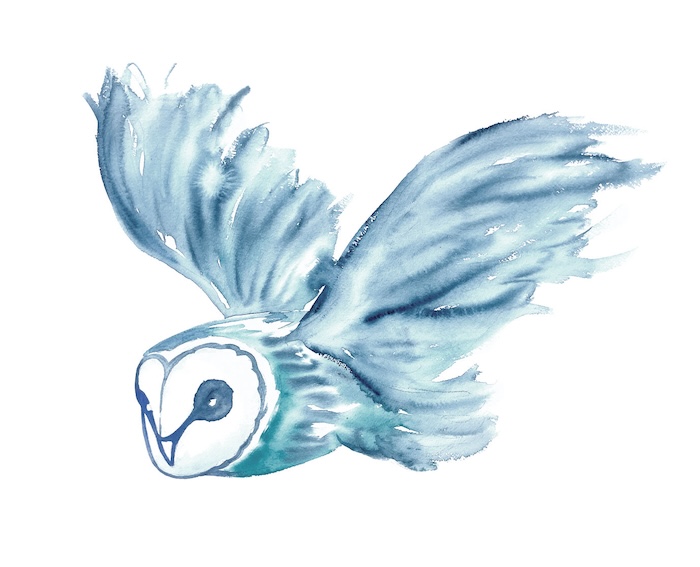Animals Are People is the title of my novel and the philosophy of Sentient Sanctuary. When I say those three words, I get one of two reactions: it’s obvious that animals are people, or it’s obvious that you’re wrong. Either way, I carry on and explain what I mean, because nothing is obvious about the subject of animal personhood.
The first hurdle is the definition of person. The Oxford English Dictionary says that a person is “an individual human being.” Since a non-human animal is clearly not a human, we might agree that some animals (humans) are people, but otherwise it’s a dead end and doesn’t help to explain what I mean. Incurious humans will stop here.
But if you’re a curious person, you might consult the Wikipedia.
A person is a being who has certain capacities or attributes such as reason, morality, consciousness or self-consciousness, and being a part of a culturally established form of social relations such as kinship, ownership of property, or legal responsibility. The defining features of personhood and, consequently, what makes a person count as a person, differ widely among cultures and contexts.
In light of this definition, more folks will agree with my bold claim, while others will identify one or more attributes that exclude animals from the category of people. So now we must face the obvious problem — the map is not the territory, our mental models are imperfect conjectures, and much of what we believe to be obvious, is false.
The Category of Person
Language and classification are part of the problem. We act as if the meaning of a word or the boundary of a category is obvious. But it’s not. Most words and categories we use in ordinary life are defined by fuzzy cognitive models rather than objective rules.
Ludwig Wittgenstein famously argued this point in Philosophical Investigations.
Consider for example, the proceedings we call games. I mean board games, card games, ball games, Olympic games, and so on. What is common to them all?
George Lakoff builds on this idea in Women, Fire, and Dangerous Things with his concepts of membership gradience and centrality: many categories have degrees of membership, and some members are better examples than others. A robin is a better example of a bird than an ostrich, and taxonomists fight about categories all the time.
With respect to the category of person, Kristin Andrews wrangles the mess of language and classification beautifully. In The Animal Mind she includes as criteria for personhood — sentience, emotion, autonomy, self-awareness, language, rationality, meaning-making, narrative self-constitution, morality, sociality — and she says,
Personhood comes from having some of these traits, but no single one is required.
Andrews explains that while human is a biological term, person is a normative term meaning “those who have feelings, work toward achieving goals, enjoy good and bad relationships, make plans, and think about what to do next.” She concludes by saying,
Among persons, we find all humans and many different species of animals.
This is what I mean when I say animals are people. Put simply, each animal is an individual, a sentient being who thinks and feels. Each creature experiences a unique umwelt, the surrounding environment as filtered through their senses and cognition.
The Consequences of Classification
An intriguing response to animals are people is, “if we believed that, then [insert terrible consequence].” This is a red herring used to distract us from the question.
When I ask if a pig is a person, I want the truth, not a lie crafted to avoid the feared consequence. In fact, my claim that animals are people is descriptive, not prescriptive. To invoke Hume’s guillotine, I’m stating an is and not an ought. One can admit that a pig is a person and still eat bacon. It may feel uncomfortable, but at least it’s honest.
As an information architect, I understand the consequences of classification and that context matters too. In science, humans are a subset of animals. In law, animals are property; things, not persons; objects, not subjects. In culture, an animal may be food or clothing or a product or a pet. In language, an animal is often an it, not a he or a she.
In our use of ordinary language all contexts and consequences are in play. If we hope to understand the subject of subjects, we must be mindful, honest, and compassionate. And we must deconstruct the obvious, because the territory is far richer than the map.
The Fox and the Owl
Two years ago, a fox took two of our young hens. I thought a five-foot fence and four goats would deter predators. I was wrong. For a day, I hated that damn fox. I othered it. I feared its return, since I had no defense. I wanted it gone. It was a threat to my flock.
But I also hated hating that fox. I realized she was feeding her babies. How could I hate her for that? So I built up our fence, Asha became a guardian dog, and we’ve had no trouble since. Fear was the reason for hate. Once I was unafraid, I saw her as a person.
Classification is emotional. We act as if it’s based purely on reason or rationality. But it’s not. That’s why I wrote a novel, because a story has the power to change minds. In Animals Are People, I detail the philosophical arguments and scientific evidence for my claim, but I do so within the framework of a story of a farm girl who has animal dreams.
I glide silently over the hay field. Silver cobwebs sparkle in the moonlight. Neither the solitary opossum nor the white-tailed deer or her fawn notice my passing. I catch an updraft and float across dirt road and pasture. I am free. I yearn to soar over the river towards the rolling hills, but I have promises to keep. I sweep back over the hay field and along the woodland edge. A soft rustle catches my attention. So I hover. The deer mouse is hidden in a patch of crabgrass, but my ears pinpoint its location.
I raise velvet wings and fall headfirst like an angel of death. At the very last second, I pull a midair one-eighty. My talons strike the deer mouse lengthwise. I feel its neck snap, and I’m up and away. I soon alight at the opening of the hollow tree and step into our nest. The floor is littered with black pellets of fur, bones, and skulls. From the darkness emerge the heart-shaped, ghostly faces of three tiny barn owls. My babies are hungry.
My book was inspired by Robert Pirsig, Jostein Gaarder, and Daniel Quinn who taught me a philosophical novel can use reason and emotion to urge honesty and compassion.
I am an animal philosopher with unusual beliefs. I believe philosophy is how we feel, not only what we think. Philosophy means love of wisdom. Our most powerful emotion is in the name. And I believe philosophy is for all of us. She must not be caged in an ivory tower. In the wise words of Mary Midgley, philosophy is our chance to consider,
…the subtle way in which our thoughts depend on a mass of unstated assumptions and images, very much as our physical life depends on the hidden shifting masses of the earth beneath us, of which we know nothing. We don’t notice this background till things start to go wrong; until, so to speak, the smell from below is so bad we are forced to take up the floorboards and do something about it. That is why I have suggested philosophy is best understood as a form of plumbing.
In our culture, the relationship between us and them is wrong, and the smell is so bad. It’s time to admit what indigenous peoples have known all along — animals are people.
I don’t mean we’re all the same. Life is diverse. Sentience is multi-spectral. In the beautiful imagination of Jakob von Uexküll, each creature inhabits a different garden.
I could go on. We haven’t even touched upon the hard problem of consciousness. I wrote a whole book on this subject, and I barely scratched the surface. We are at the start of a long and fascinating journey, because the question of animal personhood is infinitely complex and the opposite of obvious. What a curious time it is to be alive.
![]()
Peter Morville is the author of Animals Are People and founder of Sentient Sanctuary.

